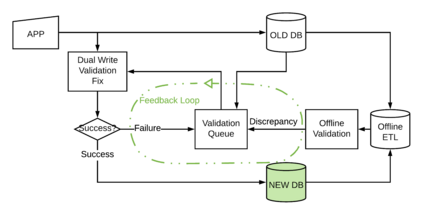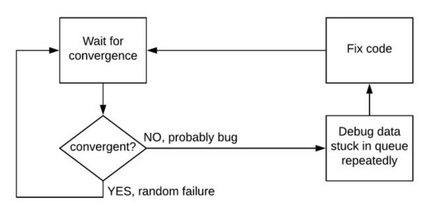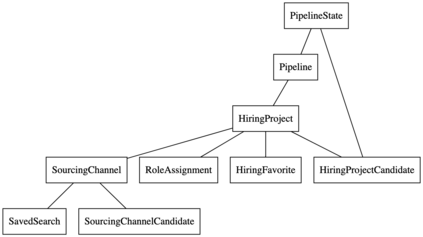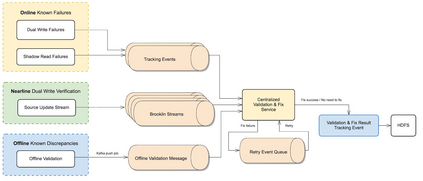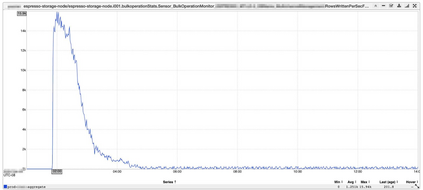In August 2019, we introduced to our members and customers the idea of moving LinkedIn's two core talent products -- Jobs and Recruiter -- onto a single platform to help talent professionals be even more productive. This single platform is called the New Recruiter & Jobs. A critical and difficult part of this effort is migrating their existing data from the legacy database to the new database and ensure there is no data discrepancy and no down time. In this article, we will discuss the general architecture for a successful data migration and the thought process we followed. Then we expand these ideas to our circumstances and explain in more detail about our specific challenges and solutions. In the Ramp Process section, we explain the inherent difficulties in satisfying our success criteria and describe how we overcome these difficulties and fulfill the success criteria practically.
翻译:2019年8月,我们向我们的成员和客户介绍了将LinkedIn的两个核心人才产品 -- -- 职业和招聘者 -- -- 移动到一个平台的想法,以帮助人才专业人员更有成效。这个平台被称为新招聘者和工作。这项努力的关键和困难部分是将其现有数据从遗留数据库转移到新的数据库,确保没有数据差异和时间下降。在本篇文章中,我们将讨论成功数据迁移的总体架构和我们遵循的思维过程。然后,我们将这些想法扩展到我们的情况,更详细地解释我们的具体挑战和解决办法。在Ramp Process部分,我们解释在满足我们的成功标准方面的内在困难,并描述我们如何克服这些困难和切实达到成功标准。

